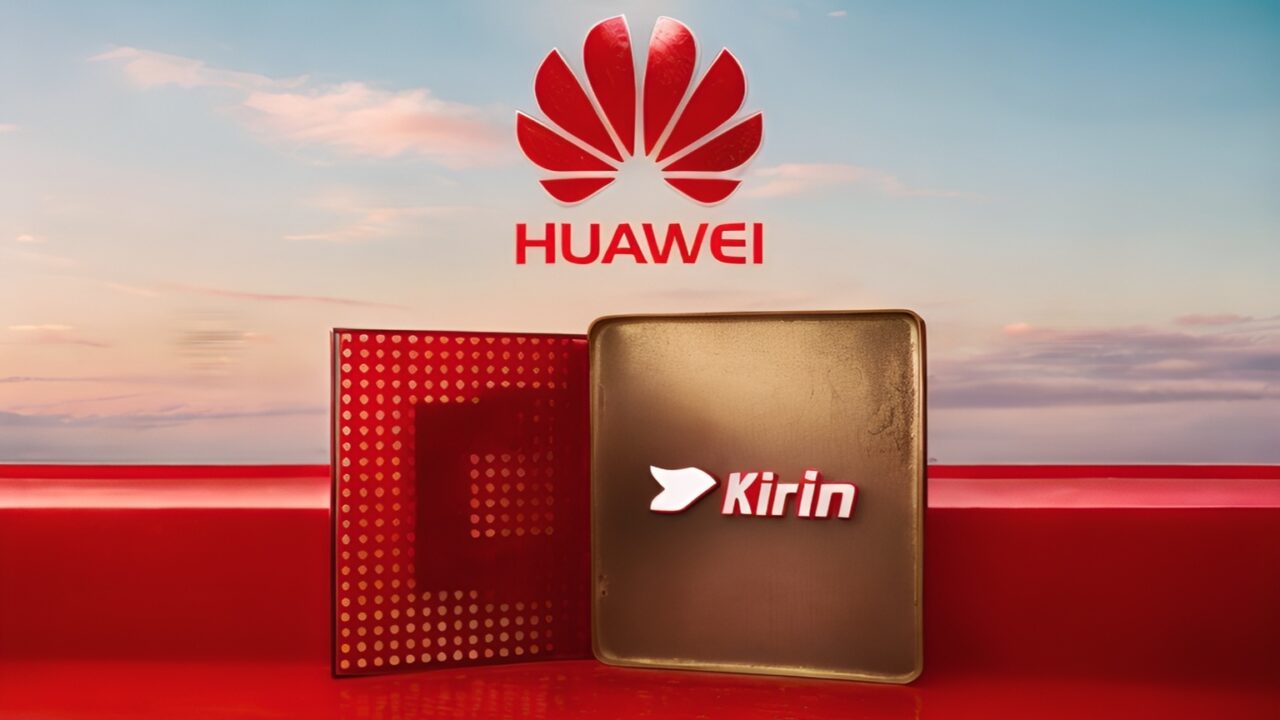Huawei Challenges U.S. Sanctions with New Processor: Competing with Apple
Huawei’s new-generation Kirin chip will use a unified memory architecture (UMA), similar to Apple’s M series and Intel’s Core Ultra series processors. This means that RAM will be shared between the GPU and CPU. Rumors suggest that the Huawei Kirin CPU could achieve performance comparable to Apple’s M3. Here are the details…
Huawei Follows Apple and Intel’s Strategies: New Kirin Chip to Be a Major Competitor
Weibo user Fixed Focus Digital claims that Huawei’s Kirin CPU with Taishan V130 cores might reach performance levels akin to Apple’s M3 and states, “This chip is specifically designed for AI terminal products, with memory bandwidth twice that of previous PC chips.”

The U.S. government had imposed sanctions on Huawei due to its relations with Beijing, which prevented Huawei from accessing the latest chips from Qualcomm and Intel. Despite these restrictions, Huawei continued to focus on research and development to produce its own processors.
Huawei had to produce Kirin chips entirely in China. For example, the Kirin 9000S chip was produced by SMIC using 7nm technology. This has resulted in Huawei’s chips lagging behind those produced using more advanced manufacturing technologies like TSMC’s. Even Ascend 910B AI processors faced low efficiency issues, with defects found in 80% of the produced chips.

Fixed Focus Digital notes that the new chips, using unified memory-DRAM, are expected to deliver stronger performance compared to chips used in Windows environments. Huawei aims to compete with Qualcomm’s Snapdragon X processor, which features a 45 TOPs NPU. However, it remains uncertain whether Huawei’s chips will be able to use U.S. AI code.
The only way to determine if Huawei’s new-generation Kirin chip can compete with Apple’s top processors is through public testing comparisons. Although Huawei’s new chips, produced despite U.S. sanctions, are slower compared to competitors, the continued production of these chips is seen as an achievement.
Whether China will achieve performance parity with the U.S. over time remains to be seen, but Huawei appears to be taking the right steps to compete with AMD, Apple, Intel, and Qualcomm. What do you think? Will Huawei’s strategy be successful? Share your thoughts in the comments below.














